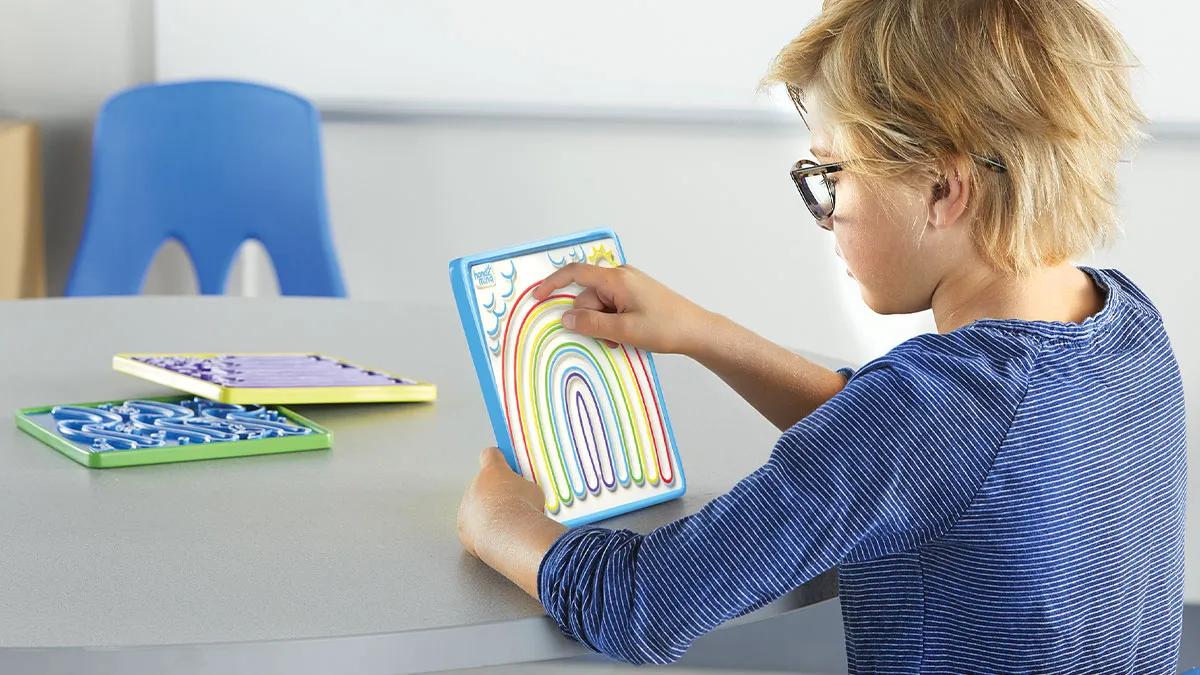Learn about the advantages and challenges of introducing mindfulness programs in educational settings. Explore the positive impact of mindfulness on students’ well-being and academic performance.
Table of Contents
Finding Quiet in the Classroom: Implementing Mindfulness Programs in Schools
Amidst the ever-growing pressures of academic achievement and standardized testing, a new movement is finding its way into the halls of schools: mindfulness. This practice, emphasizing present-moment awareness and non-judgmental acceptance, offers potential benefits for both students and educators, leading to a more positive and focused learning environment.
The Blossoming Benefits of Mindfulness in Schools:
- Enhanced Emotional Regulation: Studies show that mindfulness practices like meditation and breathing exercises can equip students with tools to manage stress, anxiety, and challenging emotions, fostering inner peace and resilience.
- Improved Focus and Attention: Mindfulness practices, such as mindful breathing or body scans, can help students develop greater focus and attention, which can enhance their ability to concentrate in class and perform better academically.
- Increased Social-Emotional Learning (SEL): Mindfulness practices cultivate empathy, compassion, and self-awareness, crucial skills for navigating social interactions and building healthy relationships with peers and teachers.
- Reduced Teacher Stress and Burnout: Educators face unique challenges, and mindfulness techniques can offer them much-needed tools for managing stress, improving emotional well-being, and creating a calmer classroom environment.
- Better Conflict Resolution: Mindfulness helps students develop empathy, compassion, and conflict resolution skills, enabling them to navigate interpersonal relationships more effectively and peacefully.
Planting the Seeds: Challenges and Considerations:
While the potential benefits are promising, implementing mindfulness programs in schools requires careful planning and consideration of some potential challenges:
- Finding Time and Resources: One of the main challenges of implementing mindfulness programs in schools is finding time & resources within the already packed curriculum to incorporate mindfulness practices. Educators may struggle to balance academic requirements with mindfulness instruction.
- Teacher Training and Support: Effective implementation requires trained teachers who understand and can authentically deliver mindfulness practices. Providing ongoing support and training is crucial.
- Cultural Sensitivity and Inclusivity: Mindfulness practices and terminology should be adapted to be culturally sensitive and inclusive of diverse backgrounds and beliefs.
- Sustainability: Maintaining a long-term commitment to mindfulness programs can be challenging, especially if there are changes in school leadership or funding priorities. Schools need to establish sustainable structures and resources to support ongoing mindfulness initiatives.
- Evaluation and Measurement: Assessing the impact of mindfulness programs on student outcomes can be difficult, as measuring the effectiveness of mindfulness practices requires appropriate evaluation tools and methodologies. Schools need to establish clear metrics for assessing the benefits of mindfulness programs.
Nurturing Growth: Overcoming Obstacles and Seeing Success:
Despite the challenges, numerous schools worldwide have successfully implemented mindfulness programs with positive results. Here are some key strategies:
- Start Small: Begin with short, simple practices like mindful breathing exercises or focusing on the senses, gradually integrating them into existing routines.
- Engage Stakeholders: Get buy-in from teachers, administrators, parents, and students, tailoring the program to their needs and concerns.
- Partner with Experts: Collaborate with organizations or individuals experienced in delivering mindfulness programs in educational settings.
- Gather Data and Share Results: Track progress and share positive outcomes to build momentum and secure continued support.
Despite these challenges, the benefits of implementing mindfulness programs in schools far outweigh the obstacles. By promoting focus, emotional regulation, stress reduction, well-being, and conflict resolution among students, mindfulness practices can create a more positive and supportive learning environment that enhances academic achievement and overall student success. With careful planning, training, and support, schools can successfully integrate mindfulness into their curriculum and empower students with valuable life skills that will benefit them both inside and outside the classroom.






